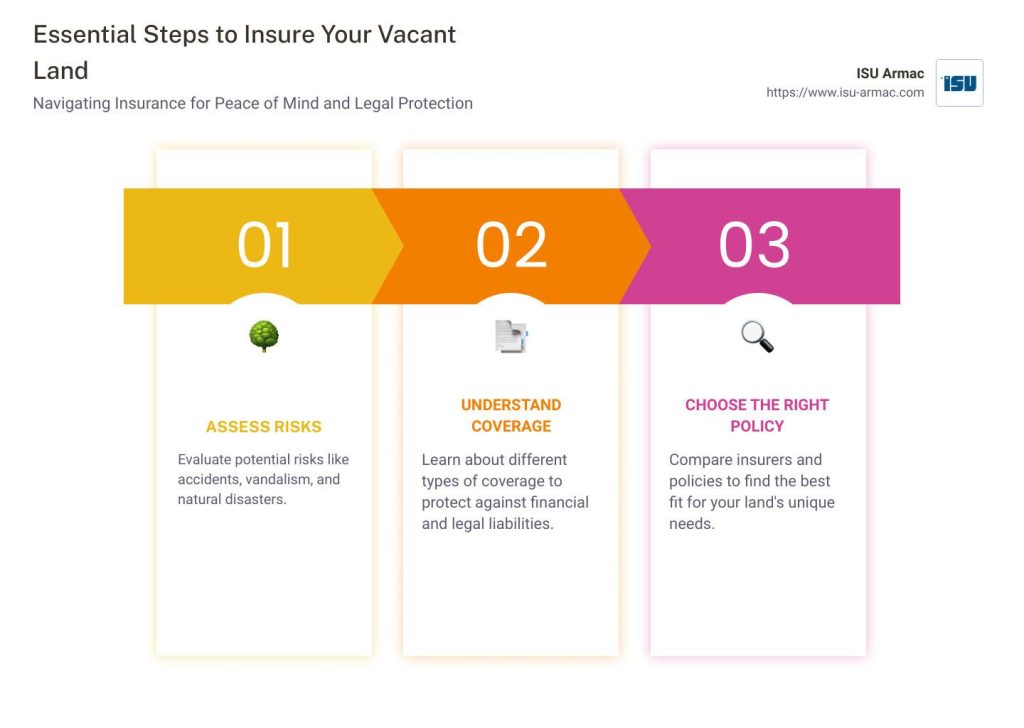When it comes to safeguarding your vacant property, having the right insurance coverage is crucial. But simply purchasing a policy and forgetting about it can leave you exposed to unexpected risks. Just like any other important asset, your vacant property insurance needs regular attention to ensure it continues to meet your evolving needs and provides adequate protection. In this article, we’ll explore how often you should review your vacant property insurance, why timely reviews matter, and the key factors to consider during each assessment. Whether you’re a landlord, investor, or property owner, staying proactive with your insurance can save you from costly surprises down the line.
Table of Contents
- Frequency Considerations Based on Vacancy Duration
- Assessing Changes in Property Condition and Risk Factors
- Evaluating Market and Insurance Policy Updates
- Best Practices for Scheduling Regular Insurance Reviews
- To Wrap It Up
Frequency Considerations Based on Vacancy Duration
Insurance needs for vacant properties can shift significantly depending on how long the property remains unoccupied. For short-term vacancies—generally those lasting less than three months—an annual review aligned with your overall insurance policy review might be sufficient. This periodic check ensures your coverage adapts to minor changes, such as temporary renovations or seasonal downturns in occupancy. However, if your property is vacant beyond this timeframe, more frequent evaluations become crucial. Risks like vandalism, undetected maintenance issues, or liability claims can increase, necessitating a careful reassessment of policy terms and coverage limits.
Consider adopting a proactive approach by reviewing your policy at these key intervals:
- Every 90 days: For properties vacant longer than three months, quarterly reviews help identify emerging risks early.
- After major repairs or changes: Structural updates, new security installations, or changes in property use can significantly affect insurance needs.
- Following local market shifts: Neighborhood trends or regulatory changes can influence the likelihood of claims and coverage requirements.
Maintaining vigilance through these regular assessments not only protects your investment but also ensures you avoid costly gaps or redundancies in protection as vacancy duration evolves.
Assessing Changes in Property Condition and Risk Factors
Vacant properties are particularly vulnerable to shifts in condition and evolving risk factors that can directly impact your insurance coverage. Routine inspections are essential to identify any damages caused by weather, vandalism, or neglect. These inspections should be thorough, checking structural integrity, potential water damage, electrical issues, and security measures. Staying proactive helps avoid unexpected claims, which could lead to higher premiums or even policy cancellations.
Beyond physical condition, changes in the neighborhood or property usage patterns can influence risk exposure. Factors such as increased crime rates, nearby construction projects, or alterations in zoning laws can significantly alter the risk profile of your property. Consider reviewing the following elements frequently:
- Security upgrades: alarm systems, fencing, lighting
- Local environmental hazards: flood zones, wildfire risk
- Property modifications: renovations, new access points
- Changes in vacancy duration: extended periods empty may require policy adjustments
By staying vigilant about these variables, you can ensure your vacant property insurance remains aligned with the actual risks, providing comprehensive protection without surprises.
Evaluating Market and Insurance Policy Updates
Keeping up with the dynamic changes in both the property market and insurance policies is essential to maintaining effective coverage. Market fluctuations often impact property values, meaning your vacant property could be either undervalued or overinsured if policies remain unchecked for long periods. Increasing urban development or declining neighborhood conditions can alter risk profiles, directly influencing insurance premiums and coverage terms. By regularly analyzing these external factors, you ensure your policy accurately reflects the current market realities and provides adequate protection against emerging risks.
Moreover, insurance companies frequently update policy clauses, coverages, and exclusions based on claims trends, legal changes, and underwriting criteria. Staying informed about these updates enables you to identify potential gaps or new benefits that might affect your vacant property. Key points to monitor include:
- Policy limits and deductibles that could have changed since your last review
- Newly added exclusions or endorsements that may impact claims coverage
- Discounts or incentives you might now qualify for based on recent market shifts or improved property security
Regularly engaging with your insurer or broker to evaluate these elements helps maintain a tailored insurance strategy that adapts to both market conditions and evolving policy offerings.
Best Practices for Scheduling Regular Insurance Reviews
Establish a consistent timeline for evaluating your insurance policy, ideally aligning reviews with major life or property changes. These can include renovations, changes in ownership, or shifts in property usage. Doing so ensures your coverage adapts to evolving risks and complies with any new legal requirements. Additionally, consider scheduling reviews at least annually, even if no apparent changes have occurred, to keep your policy up to date with market conditions and insurance industry trends.
Best practices include:
- Setting calendar reminders to prompt insurance reviews well before policy renewal dates.
- Consulting with an insurance professional to assess if your current coverage limits and exclusions remain appropriate.
- Documenting changes in property value or vacancy status that might impact premium calculations or claims eligibility.
- Regularly reviewing any claims history and its potential effect on future premiums or policy terms.
To Wrap It Up
Regularly reviewing your vacant property insurance is not just a smart practice—it’s essential to protect your investment from unforeseen risks. By staying proactive and reassessing your coverage at appropriate intervals, you ensure that your policy aligns with changes in your property’s status, market conditions, and evolving risks. Don’t wait for a claim to reveal gaps in your protection; make reviewing your vacant property insurance a routine part of your property management strategy. Ultimately, this diligence provides peace of mind and financial security in an uncertain landscape.






